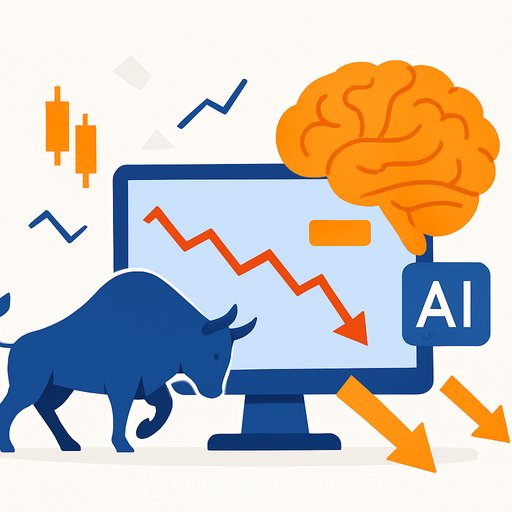AI Turns AR Teams Into the Iron Man of Finance
August 1, 2025
Highlights
- Applying AI in accounts receivable (AR) cuts down manual work and boosts productivity without replacing human judgment.
- By supporting professionals instead of threatening jobs, AI integrates smoothly into existing workflows, helping adoption in cautious finance departments.
- This approach shifts finance from being a reactive cost center into a proactive revenue driver.
AI’s Practical Role in Finance Back Offices
Artificial intelligence often gets framed in extremes—either as a tool to propel companies forward or as a threat to human roles. However, in finance back offices, especially accounts receivable, AI is quietly making a meaningful impact.
Manual processes, scattered emails, spreadsheets, and delayed responses create hidden friction that slows down finance teams. AI helps reduce this friction by automating repetitive tasks and improving insight, especially where customer communication, payment behavior, and risk assessment intersect.
Targeted AI Integration in Accounts Receivable
Billtrust has focused on small but intelligent AI upgrades within AR functions. One example is a generative AI-powered email assistant embedded in collections workflows. This assistant drafts responses and highlights relevant context, cutting average email response time from eight minutes to under three.
Faster responses mean collectors can manage more accounts and focus on complex issues. The AI doesn’t just speed up old tasks; it enables smarter, higher-value work. Unlike flashy tools that get abandoned, this AI fits naturally into daily tasks and continues delivering value.
The company draws a clear line between AI’s role in decision support versus decision making. Humans remain in control, using AI to handle routine tasks while focusing on judgment calls. This human-in-the-loop design fosters trust and makes adoption easier among finance professionals who value their expertise.
Changing Finance Mindsets for AI Adoption
Finance teams have been slow to adopt new technology. Presenting AI as a helpful extension, not a replacement, reduces resistance. As one analogy goes: think of AI like Iron Man’s suit—it doesn’t replace Tony Stark’s genius but amplifies it.
The key to success is mindset. The biggest hurdle isn’t technical but cultural. People stick with AI tools because they save time, improve results, and feel natural—not because they seem futuristic.
Beyond Efficiency: Dynamic Credit and Risk Management
Billtrust also applies AI to credit and risk with continuous credit monitoring. Instead of setting static credit limits at onboarding, their machine learning system evaluates customer risk in real time, factoring in payment behavior, account activity, and external data.
This ongoing evaluation helps companies manage risk responsibly. It flags accounts that show signs of trouble early, reducing exposure, and rewards reliable customers with increased credit—turning finance into a revenue enabler rather than just a cost center.
Balancing AI Advancement with Governance
While AI offers clear benefits, finance remains a conservative field. AI models depend on data quality and require transparent, controllable systems. Success comes from building tools that users understand and trust, not from plug-and-play solutions.
If you’re interested in practical AI skills for finance roles, consider exploring AI automation courses or finance-focused AI training to enhance your professional toolkit.
Your membership also unlocks:






